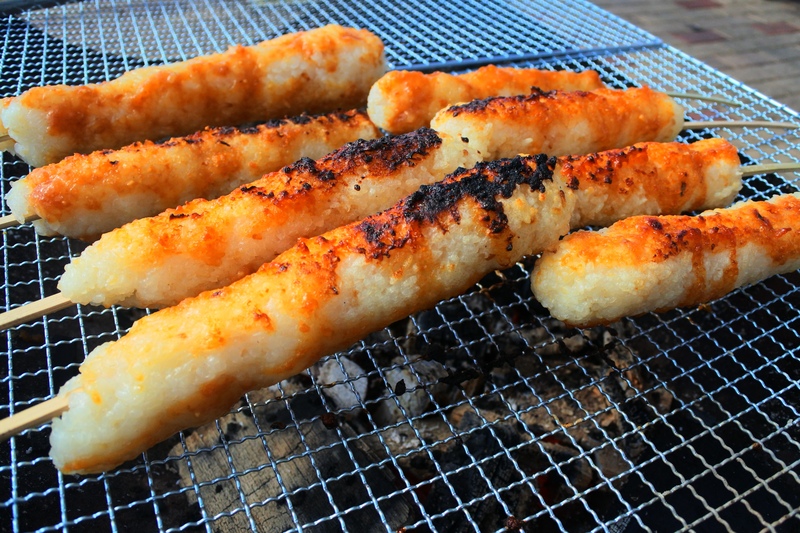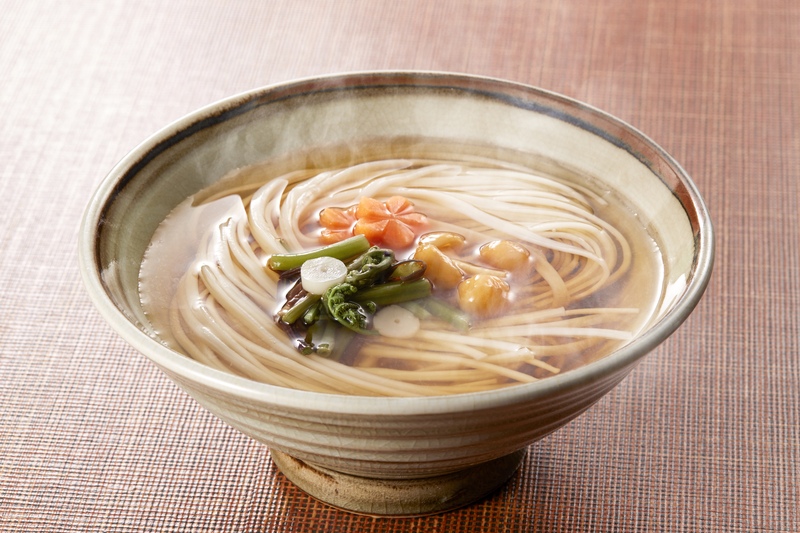What is Kakunodate Samurai Residence?
Located in Semboku City, Akita Prefecture, Kakunodate is known as the "Little Kyoto of Michinoku" and is a historic area lined with beautiful samurai residences dating back to the Edo period.
It is especially renowned as a "sakura (cherry blossom) spot" during spring, attracting many tourists.
The samurai residences in Kakunodate were once luxurious homes where samurai lived. Due to their excellent preservation, they are a valuable tourist destination where you can feel the history and culture of Japan.
This article introduces how to access Kakunodate Samurai Residence, its highlights, seasonal enjoyment, and useful information for travelers.

Access and Basic Information for Kakunodate Samurai Residence
Access Methods
Kakunodate is located in Semboku City, Akita Prefecture, and is conveniently accessible via the Akita Shinkansen.
- From Tokyo: About 3 hours by Akita Shinkansen, get off at Kakunodate Station, and walk about 20 minutes.
- From Akita City: About 1.5 hours by JR Ou Line, get off at Kakunodate Station, and walking or rental cycling is also recommended.
Opening Hours and Admission Fees
- Opening Hours: Most samurai residences are open from 9:00 AM to 5:00 PM (may vary depending on the season).
- Admission Fees: Varies by residence, generally between 300 to 500 yen. Some are free to enter.

Highlights of Kakunodate Samurai Residence
Well-Preserved Samurai Residences
Kakunodate's samurai residences feature many historical buildings from the Edo period with excellent preservation of buildings and gardens. Many residences are open to the public, allowing glimpses into the lifestyle and samurai culture of that time. Notable residences include the "Ishiguro House" and the "Aoyagi House," where you can experience the lifestyle of the samurai.
Black Fences and Beautiful Townscape
Kakunodate Samurai Residence Street is lined with black fences, exuding a solid atmosphere.
This gives the entire street the feel of a time slip back to the Edo period.
The contrast of black fences and white walls, along with the colors of cherry blossoms, fresh green, and autumn leaves, create a beautiful contrast, offering different faces with each season.
Cherry Blossom Spot
Kakunodate is also famous as a "sakura spot," bustling with many tourists, especially during the cherry blossom season in spring.
The weeping cherry trees planted along the samurai residence street form a magnificent cherry blossom tunnel, creating a unique beauty that harmonizes with the atmosphere of the samurai residences.
If visiting in spring, it is recommended to align your visit with the cherry blossom bloom period.

Enjoying Kakunodate Samurai Residence by Season
Spring: Cherry Blossom Tunnel
In spring, Kakunodate's weeping cherry trees are in full bloom, coloring the samurai residence street with a cherry blossom tunnel.
There is also a nighttime illumination during the cherry blossom season, allowing enjoyment of different expressions during day and night.
Summer: Lush Green Scenery
In summer, the fresh green is beautiful, creating a refreshing landscape with the contrast of black fences and green. Summer festivals are also held, providing a good opportunity to experience local culture.
Autumn: Harmony of Autumn Leaves and Historical Buildings
In autumn, the samurai residence street is dyed with autumn leaves, allowing enjoyment of the beautiful autumn scenery and buildings from the Edo period.
This season, with the contrast of autumn leaves and black fences, is also perfect for photography.
Winter: Snow-Covered Samurai Residences
Winter in Kakunodate spreads out a serene landscape covered in snow.
The scenery woven by white snow, black fences, and wooden structures of the samurai residences is as beautiful as a painting.

Useful Information for Travelers
Clothing and Essentials
As sightseeing in the Kakunodate samurai residence area is mainly on foot, comfortable walking shoes are recommended.
Also, as temperatures can change easily in spring and autumn, bringing something to layer will keep you comfortable.
If visiting in winter, ensure to prepare for snow and cold weather.
Dining and Souvenirs
Around Kakunodate, there are many dining establishments where you can enjoy Akita's local cuisine.
Especially recommended are "Inaniwa Udon" and "Kiritanpo Hot Pot."
For souvenirs, crafts made from cherry wood by local artisans and Akita specialties like "Kabazaiku" items are popular.
Nearby Tourist Spots
Access from Kakunodate to "Lake Tazawa" and "Nyuto Onsen Village" is also good.
At Lake Tazawa, you can enjoy the beautiful lakeside scenery, and at Nyuto Onsen Village, you can enjoy hot spring healing.
Visiting these along with Kakunodate allows for a deeper experience of Akita's nature and history.
Conclusion: Enjoy the History and Beauty of Japan at Kakunodate Samurai Residence
The Kakunodate samurai residence area is a precious place where you can feel the history and culture of Japan.
Walking through this townscape, which retains the atmosphere of the Edo period, you can feel the lives of people at the time and the culture of the samurai up close.
Additionally, the natural beauty of spring cherry blossoms and autumn leaves adds to the appeal, offering different attractions depending on the season you visit.
Be sure to use this guide to create wonderful memories in Kakunodate, Akita.
Frequently Asked Questions
Q1: When is the best time to visit the Kakunodate Samurai Residence?
A1: The cherry blossom season in spring and the autumn leaves season in fall are particularly recommended.
Winter offers snow scenery, providing different atmospheres each season.
Q2: Is photography allowed inside the samurai residences?
A2: Generally, photography is allowed, but in some residences, it may be prohibited, so please follow the guidance.
Q3: What other tourist attractions are there around the samurai residences?
A3: Lake Tazawa and Nyuto Onsen Village are nearby, where you can enjoy nature and hot springs.
Use this guide to fully enjoy the history and culture of Japan in Kakunodate.









